No.158, Baoqun Road, Yaozhuang Town, Jiashan County, Jiaxing City, Zhejiang Province , China

In the world of industrial production, the machines and systems that drive manufacturing are often powered by complex structures designed and built by specialized companies. These are the OEM Industrial And Manufacturing Equipment Structures, and their design and integrity are critical to the performance of the final product.
An Original Equipment Manufacturer (OEM) is a company that produces parts and equipment that are used as components in a finished product by another company. In the context of industrial machinery, an OEM fabricator specializes in building the foundational structures—the frames, chassis, and housings—that other companies integrate their proprietary technology into. The OEM’s role is to deliver a reliable, high-quality, and cost-effective structural solution that enables the final manufacturer to focus on their core competencies, such as automation, robotics, or process technology.
The structural integrity of a piece of industrial equipment is paramount. A robust structure is the foundation upon which all other components are mounted. It must be rigid enough to withstand operational stresses, vibrations, and dynamic loads without deforming. A well-designed structure ensures the precise alignment of critical components like motors, gears, and sensors, which is essential for consistent and reliable performance. Without a strong and stable structure, even the most advanced internal components cannot function as intended, leading to machine failure, product defects, and safety risks.
OEM Industrial And Manufacturing Equipment Structures come in a wide variety of forms, each tailored to the specific application. They can range from a simple welded steel chassis for a conveyor system to a complex, multi-axis frame for a robotic assembly line. Other examples include the support frames for heavy machine tools, the housings for packaging machinery, and the complex frames used in material handling equipment. These structures are often custom-designed to meet unique specifications related to load capacity, size, and environmental conditions.
The design of an OEM Industrial And Manufacturing Equipment Structure is a complex engineering task that requires a careful balance of material properties, structural performance, cost, and regulatory compliance.
Choosing the right material is the first and most critical step. The three most common materials are steel, aluminum, and composites.
Steel is the most widely used material due to its high strength, durability, and relatively low cost. It is an excellent choice for heavy-duty applications that require maximum rigidity and load capacity.
Pros: High strength-to-weight ratio, excellent durability, readily available, and affordable.
Cons: Can be heavy, susceptible to rust (requires surface treatment), and less flexible for certain designs.
Aluminum is a lightweight alternative to steel, often used when portability or a lower machine weight is a priority.
Pros: Excellent corrosion resistance, lightweight, and easily machined.
Cons: Lower strength and stiffness compared to steel, and generally more expensive.
Composites, such as carbon fiber reinforced polymers, are used in highly specialized applications.
Pros: Extremely high strength-to-weight ratio, custom properties, and excellent fatigue resistance.
Cons: Very expensive and require specialized manufacturing techniques.
Understanding the forces that an equipment structure will endure is essential for ensuring its integrity.
Static vs. Dynamic Loads: Static loads are constant forces, such as the weight of the machine’s components. Dynamic loads are variable forces, such as those from moving parts, impacts, or vibrations. A structure must be designed to withstand both types of loads without deforming or failing.
Finite Element Analysis (FEA): FEA is a powerful computer simulation tool used by engineers to predict how a structure will react to various forces. It identifies potential weak spots and allows for the optimization of the design by adding or removing material where it is most and least needed, respectively.
DFMA is a design philosophy that focuses on optimizing a product’s design for efficient and cost-effective manufacturing and assembly. For equipment structures, this means designing parts that are easy to cut, form, and weld. It also involves minimizing the number of components and simplifying the assembly process, which reduces labor time and costs.
All industrial equipment structures must meet stringent regulatory standards to ensure safety. Key examples include:
| Material | Pros | Cons | Common Applications |
|---|---|---|---|
| Steel | High strength, durable, cost-effective | Heavy, rust-prone | Heavy-duty frames, machine tools |
| Aluminum | Lightweight, corrosion-resistant, easy machining | Lower strength, costly | Portable equipment, corrosive environments |
| Composites | High strength-to-weight ratio, fatigue-resistant | Very expensive, specialized manufacturing | Aerospace, advanced robotics |
The transformation of raw materials into robust OEM Industrial And Manufacturing Equipment Structures involves a series of specialized manufacturing processes. Each step requires precision and expertise to ensure the final product meets stringent quality and performance standards.
Quality is ensured through dimensional inspections, weld integrity testing, material certifications, and final assembly checks.
The robust structures fabricated by OEMs serve as the foundation for multiple industrial sectors.
Automation systems and robotics demand rigid, precise structures to support high-speed, accurate movements. Any flex compromises accuracy and increases defects.
Frames for CNC machines and lathes must absorb cutting forces while preventing vibration. Precision depends heavily on structural stability.
Frames for printers and laminators support high-speed rollers and maintain perfect alignment, preventing defects in output.
Selecting the correct OEM Industrial And Manufacturing Equipment Structures impacts performance, cost, and reliability.
Defining function, load capacity, environmental conditions, space limitations, and integration needs is critical before choosing.
Steel, aluminum, and composites are chosen depending on cost, weight, and operational conditions.
A proven track record, DFMA and FEA support, advanced manufacturing processes, and rigorous quality control protocols are signs of a reliable supplier.
Lowest cost is not always the best value. A more expensive but high-quality structure can lead to better efficiency, lower downtime, and improved ROI.
| Evaluation Factor | Key Considerations | Impact on Decision |
|---|---|---|
| Application Needs | Load, size, environment | Defines material and design |
| Supplier Expertise | Proven record, processes | Ensures reliability |
| Cost vs. Value | Initial vs. lifecycle cost | Affects ROI and long-term performance |
A custom-designed steel structure ensured rigidity for robotic arms, eliminating vibration and enabling high-speed, precise assembly. The modular design also allowed for future expansion.
By reinforcing weak points in an existing frame using FEA insights, throughput increased by 30% without a full redesign, leading to cost-effective improvement and faster ROI.
The future of OEM Industrial And Manufacturing Equipment Structures will be shaped by new materials, smarter designs, and digital integration.
Lightweight alloys and composites are increasingly used for their performance advantages, especially in aerospace and high-tech sectors.
3D printing allows for lightweight, optimized geometries, reducing waste and enabling complex designs impossible with traditional methods.
Future structures will integrate sensors for predictive maintenance, allowing real-time monitoring of stress, strain, and performance. This will enhance reliability and reduce downtime.
The structural integrity of OEM Industrial And Manufacturing Equipment Structures is the critical foundation of industrial efficiency. From material selection and load analysis to advanced fabrication processes, every decision impacts reliability and performance. By partnering with experienced OEM suppliers and embracing emerging trends such as advanced materials, additive manufacturing, and IoT integration, manufacturers can ensure long-term efficiency, profitability, and sustainability. These structures are not just metal frames; they are the backbone of industrial progress.
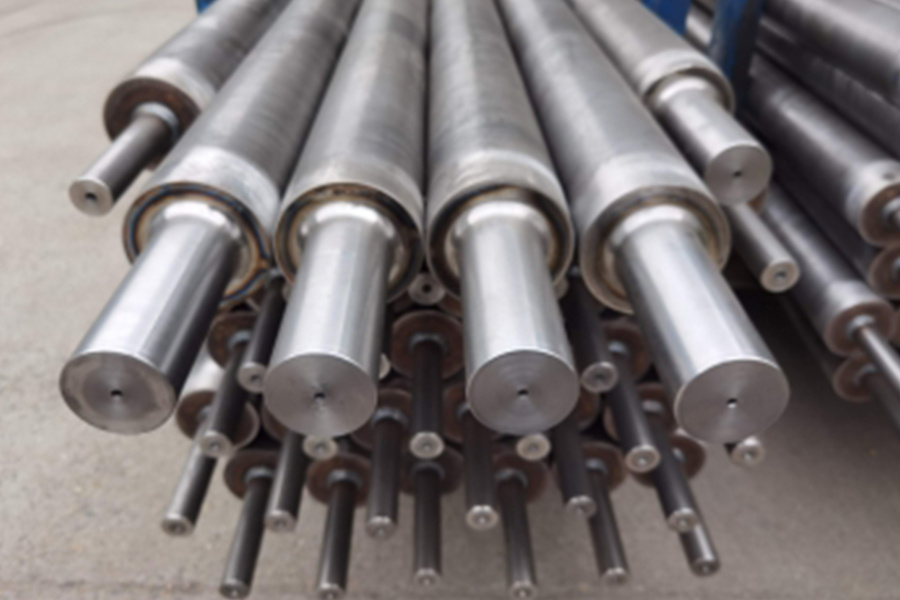
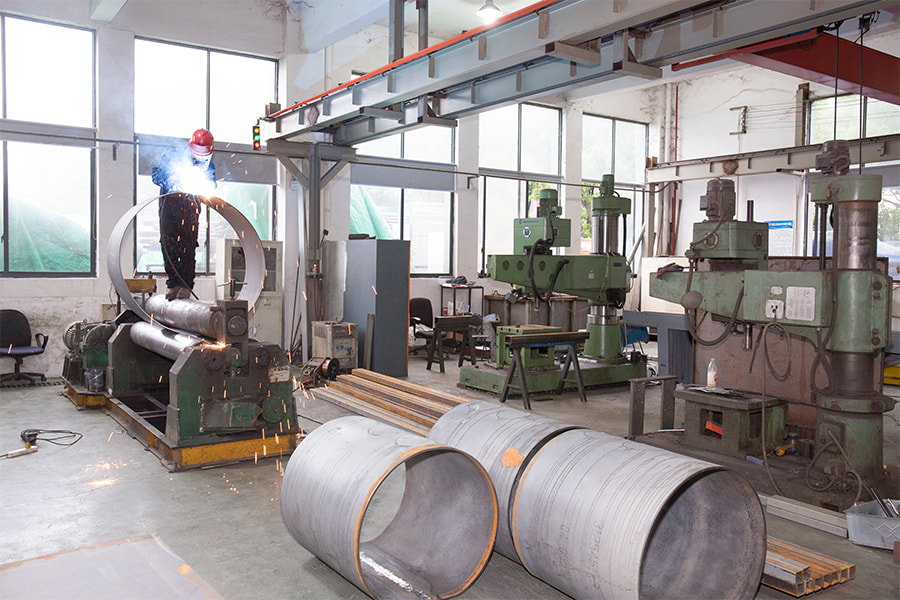
Introduction What does One-stop service mean? One-stop service refers to a comprehens...
READ MORE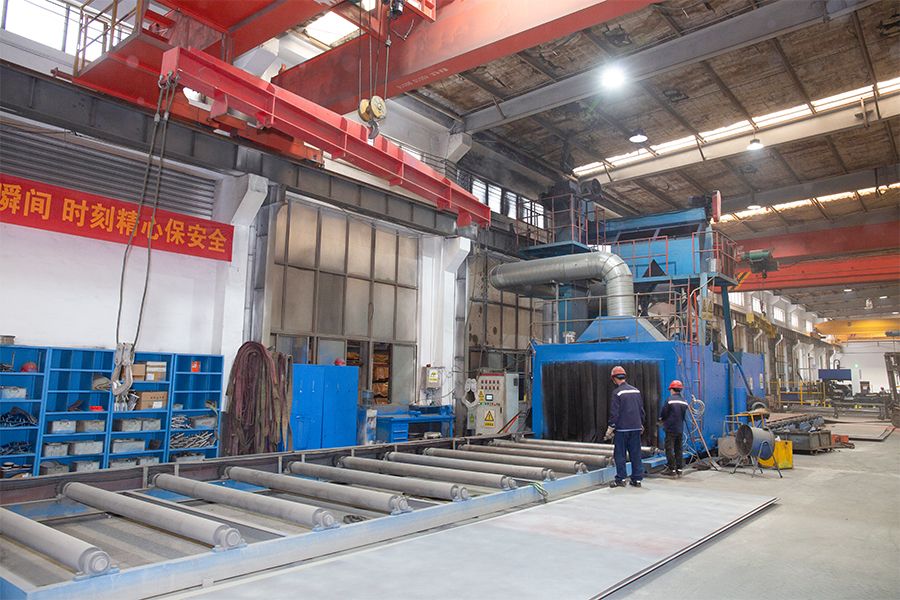
Introduction Assembly plays a fundamental role across multiple domains, serving as th...
READ MORE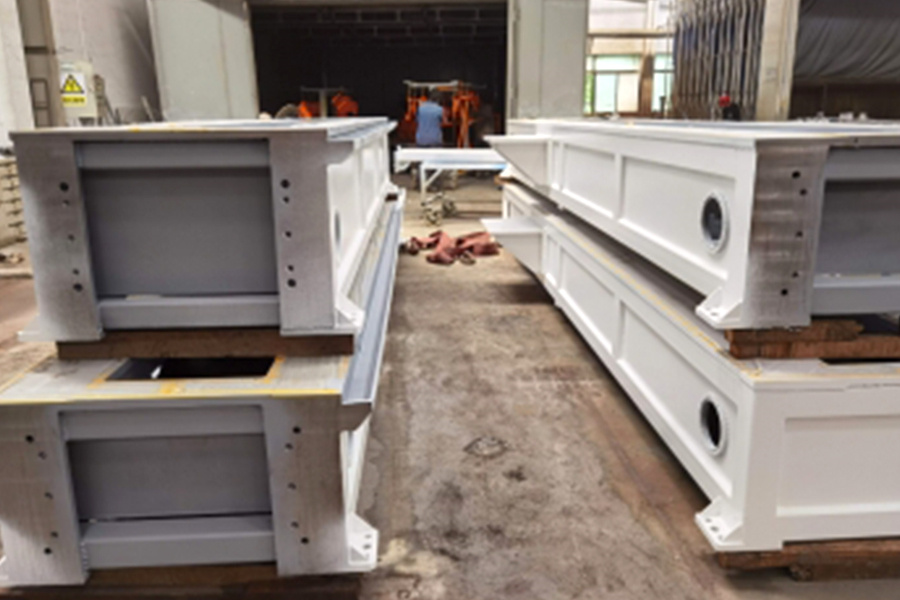
How Precision Processes Like TIG Welding Deliver Superior Custom Parts from Aluminum ...
READ MORE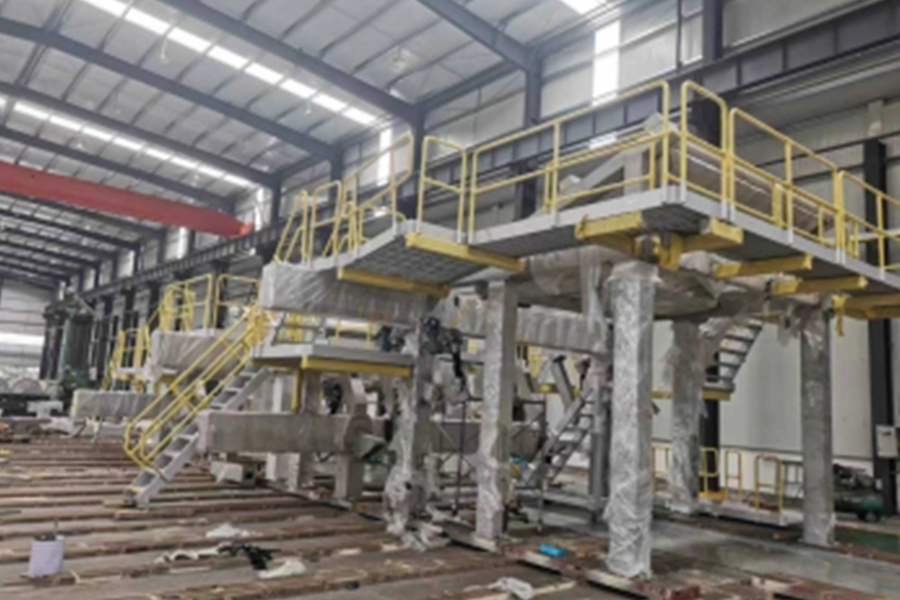
Why OEM High Technology Special Equipment Steel Structure Becomes a Core Component of...
READ MORE